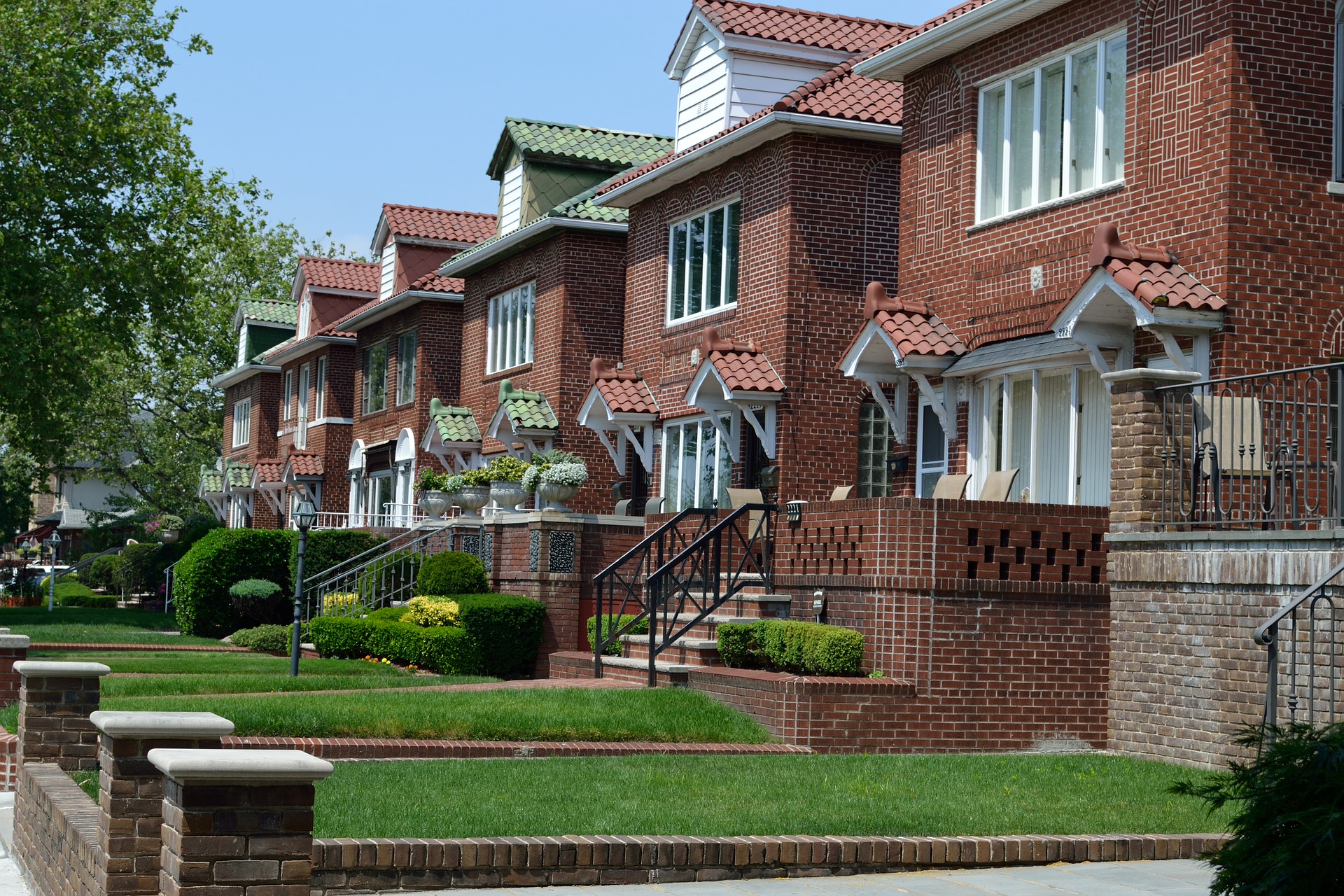Opinion | Thursday, 23rd November 2017
Budget 2017: Does this Chancellor understand the housing crisis?
Dr Chris O’Leary, Director of the Policy Evaluation and Research Unit, casts his eye over Philip Hammond’s much-heralded housing reforms

by Dr Chris O'Leary, Director of the Policy Evaluation and Research Unit
Read further analysis of the 2017 Budget
“The housing market is broken” is the bold claim made by the Government, and several initiatives have aimed to address this ‘crisis’.
Yesterday’s Budget announced further action: a total of £44bn over the next five years, a target of building 300,000 new homes a year by 2020, and £28m to tackle homelessness.
The Chancellor also announced changes to stamp duty, so that first-time buyers purchasing homes under £500,000 in value will see their tax liability reduce by up to £5,000.
But will these measures actually work? Are they driven by understanding of the problems facing our housing market, and are the policies capable of addressing these problems?
Stamp duty reform
Certainly, the stamp duty change is likely to be attractive, and estimates suggest that around eighty per cent of first time buyers would benefit from this change. While the average age of buying a first home has increased in recent years, it is still the case that this measure will largely benefit people in their twenties and thirties.
Of course, there have to be properties for them to buy, and there is concern that the changes might put further pressure on property prices – increasing demand without increasing (at least in the short term) the supply.
The aim to build 300,000 new properties a year by 2020 should also be welcome. For years now, we have been building too few homes - we are averaging 140,000 a year compared to the estimated 250,000 needed.
Wrong homes in wrong places
Even if the government meets its new target, there will still be a considerable backlog of unmet demand that will take decades to address. But we are also building the wrong types of homes, in the wrong places, and nothing in yesterday’s announcement suggests that the Government understands this and is prepared to take the necessary action to address it.
A quick look on Rightmove or one of the other online estate agent sites will reveal an abundance of three bed semis and terraced houses for under £150,000 in many parts of the North of England, and thus well within the affordability reach of many. This is not about housing crisis; it’s about the imbalances in our economy. Addressing these imbalances is behind the much touted ‘industrial strategy’, but we have yet to see anything concrete on this or anything that is likely to address the economic pull to London and the south east.
We also have some 7m owner occupied properties that are under-occupied, around 3m of which are under-occupied by two or more bedrooms. Under occupation in this sector has increased significantly over the past decade, up from under a third to over a half of all homes.
A quick look on Rightmove or one of the other online estate agent sites will reveal an abundance of three bed semis and terraced houses for under £150,000 in many parts of the North of England, and thus well within the affordability reach of many. This is not about housing crisis; it’s about the imbalances in our economy.
This is basically an issue of ‘empty nesters’ who do not downsize – for financial (the costs of moving, particularly stamp duty and estate agent fees) and emotional reasons. Under-occupation means that a large number of family sized houses are being lived in by one or two people, while we then build more family sized homes. These cost more to build, take longer to deliver, and take up more land.
But it also causes other problems – to be blunt, family homes are generally not suitable for the future health and social care needs of the 65+ age group. Family homes have stairs, unadapted bathrooms, and need maintaining, all of which lead to falls, a leading case of hospital admissions and social care needs.
Family homes can also further isolation for older people, one of the key issues for wellbeing. What we did not see from the Chancellor yesterday were any proposals to encourage this group to downsize, and no proposals to build properties targeted at the health, social care and wellbeing of this age group.




